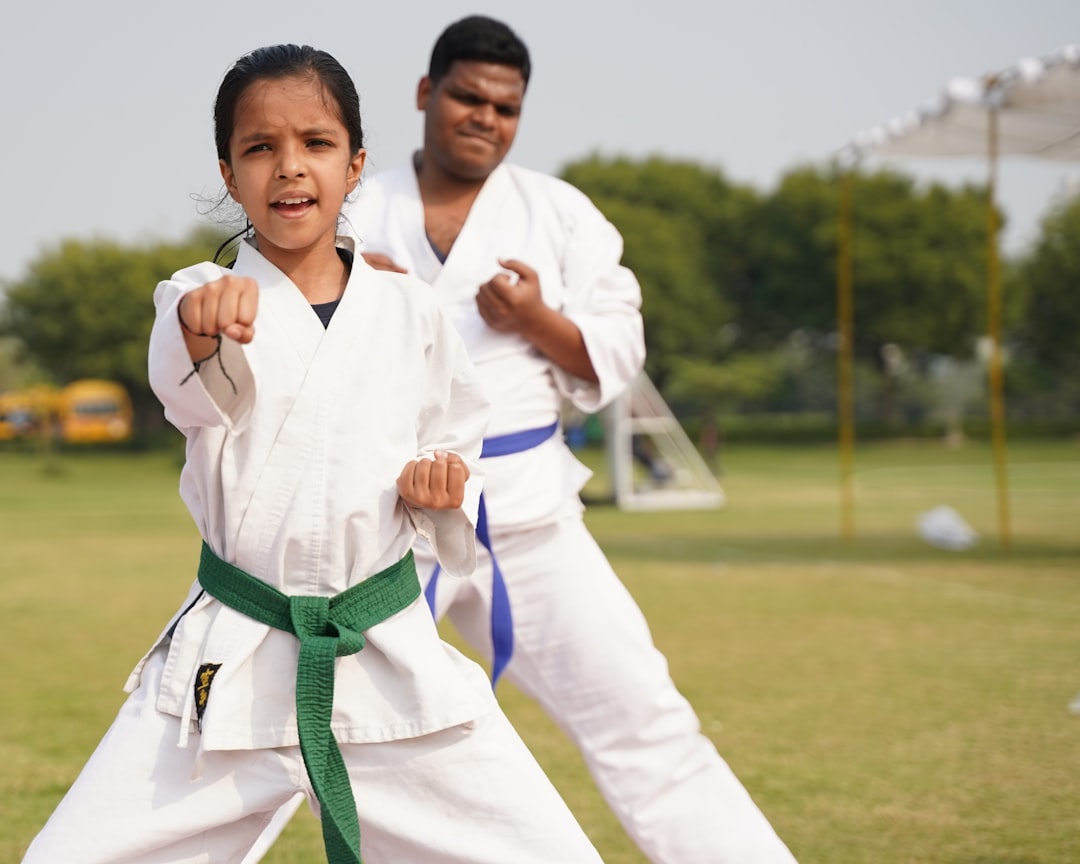The article discusses the traditional karate attire, known as a keikogi or gi, and its significance in karate practice. The gi is both functional for movement and symbolic of discipline and respect within the martial art. Originating from Okinawa, the gi has evolved to become a standardized training outfit that balances historical tradition with modern comfort. It consists of a jacket and pants made of heavy cotton or hemp, designed to support movements without restriction. The gi's uniformity across practitioners is maintained despite minor design variations, with its colorful belt indicating the wearer's skill level and rank. When selecting a karate uniform, it's crucial to choose one that is authentic, crafted from specified materials for superior performance and longevity. The fabric should offer a balance between breathability and durability, ensuring comfort and freedom of movement during intense training. Proper care of the gi, including adherence to washing instructions, airing out to remove odors, and timely repairs, is essential to maintain its integrity and honor the tradition it represents. The karate uniform name upholds the discipline and respect inherent to the practice and serves as a testament to the unity among practitioners worldwide.
In the realm of martial arts, the karate uniform, often referred to as a gi, stands as a symbol of discipline, tradition, and respect. Known for its simplicity and functionality, the karate uniform is more than mere attire—it is a key component that defines the practice and ethos of karate. This article delves into the essential characteristics that constitute a genuine karate uniform, from its origins to modern iterations, and offers guidance on selecting one that aligns with both performance needs and tradition. Whether you are a novice or an experienced practitioner, understanding the evolution and key features of your karate gi is crucial for embracing the full essence of this martial art.
- Understanding the Essentials: The Composition of a Karate Uniform
- The Evolution of the Karate Gi: From Traditional to Modern
- Key Characteristics Defining a Genuine Karate Uniform
- Selecting Your Karate Uniform: Factors to Consider for Optimal Performance
- Maintenance Matters: Caring for Your Karate Gi to Ensure Durability and Respect
Understanding the Essentials: The Composition of a Karate Uniform

When engaging in karate, the attire a practitioner wears is not merely a garment but a symbol of respect for the discipline. A karate uniform, often referred to as a “keikogi” or “gi” in Japanese, is a crucial component of traditional karate practice. The keikogi is a two-piece garment consisting of a jacket and pants, designed for both functionality and formality. It is typically made from heavy cotton or hemp fabric, which allows for ease of movement during the various stances and techniques that are integral to karate training. The top, or jacket, is buttoned up and has a belt, known as an “obi,” tied around the waist, securing the garment in place. The pants, called “ogi,” are straight-legged and fastened with ties at the sides, providing a comfortable fit for a wide range of body types. The uniform’s design promotes a disciplined appearance, reflecting the martial arts philosophy that emphasizes self-discipline and respect for oneself and others. Is it known as a “do-gi” in judo? And what is the specific term for a karate practitioner’s gi?
The keikogi serves not only as the physical attire for karateka, or practitioners, but also as a canvas upon which their rank is displayed through colored belts. The uniform itself remains consistent across ranks and styles, unlike the belt which signifies the wearer’s proficiency and progress within the art. While the keikogi’s design has some variations, its core elements—the jacket and pants with the obi—remain unchanged, ensuring that every karateka, regardless of their level, dons the same garment during practice and competition. The uniform’s standardization is a testament to the tradition and unity within the martial art of karate. What do you call this traditional karate attire? And how does it differ from or resemble other martial arts uniforms like those used in judo or kendo?
The Evolution of the Karate Gi: From Traditional to Modern
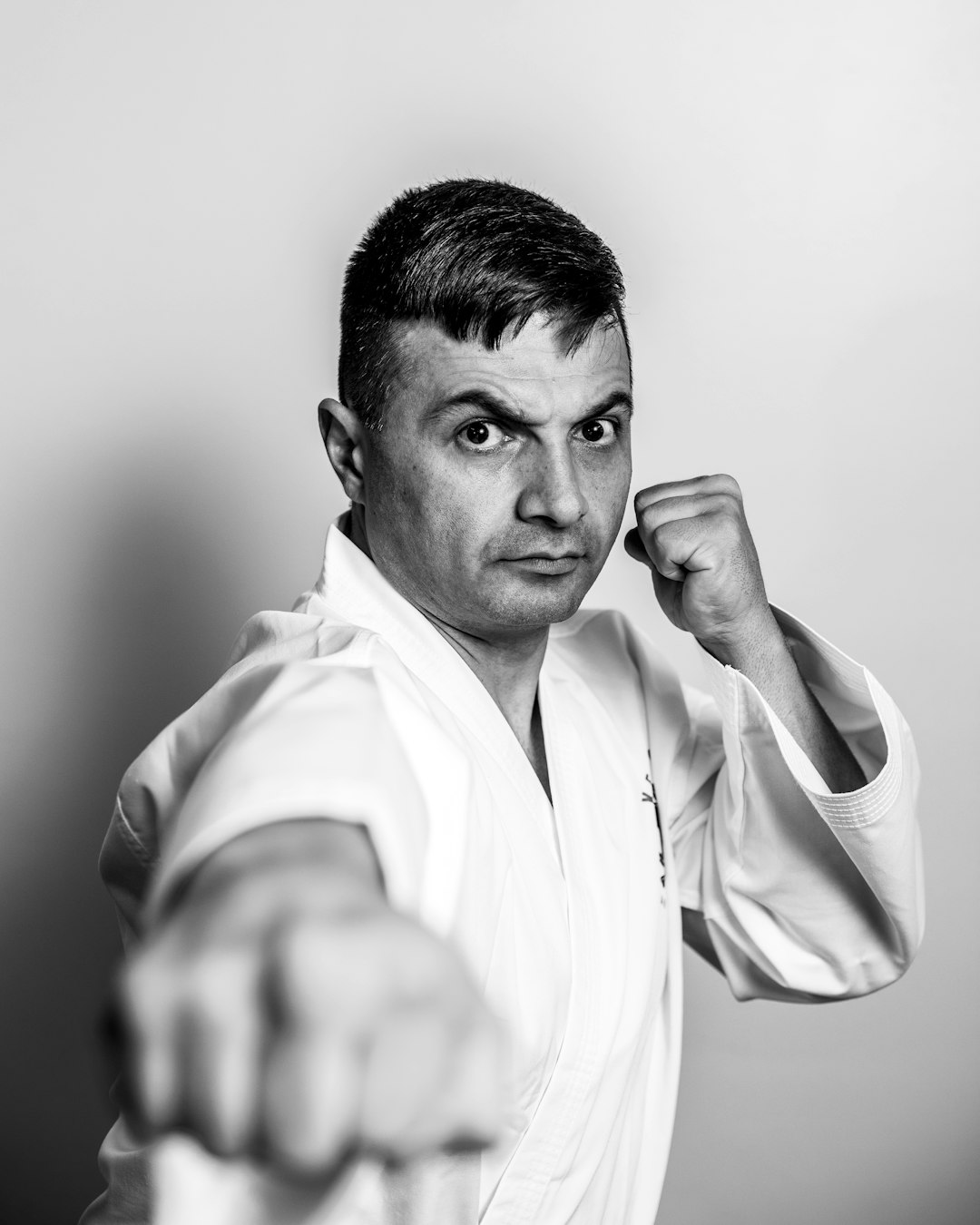
The karate uniform, commonly known as a gi, has a storied history that reflects the evolution of the martial art itself. Originating in Okinawa, the practice of karate was initially performed without the standardized garments we see today. As karate spread from its birthplace to other parts of Japan and eventually around the world, so too did the need for a consistent training attire. What do you call a karate uniform? A traditional karate gi typically consists of a jacket and trousers made of cotton or hemp fabric, designed to facilitate movement while providing durable coverage during practice and performance. The original design was simple and functional, often resembling the farm work clothing of Okinawa’s rural areas.
Over time, the karate gi has undergone subtle changes to meet the needs of modern practitioners. While the traditional gi remains a symbol of respect for the discipline and its roots, contemporary versions may incorporate lighter materials, pre-stitched creases for a crisper look, and variations in cut and fit to cater to different body types and training preferences. These modifications have not only made the karate uniform more comfortable but have also helped to standardize the appearance of practitioners around the globe, maintaining a sense of unity within the martial art’s diverse community. What do you call a modern karate uniform? Today’s karate gi is a testament to both the preservation of tradition and the adaptation to contemporary needs, ensuring that the uniform continues to serve its purpose while honoring the rich history from which it originated.
Key Characteristics Defining a Genuine Karate Uniform
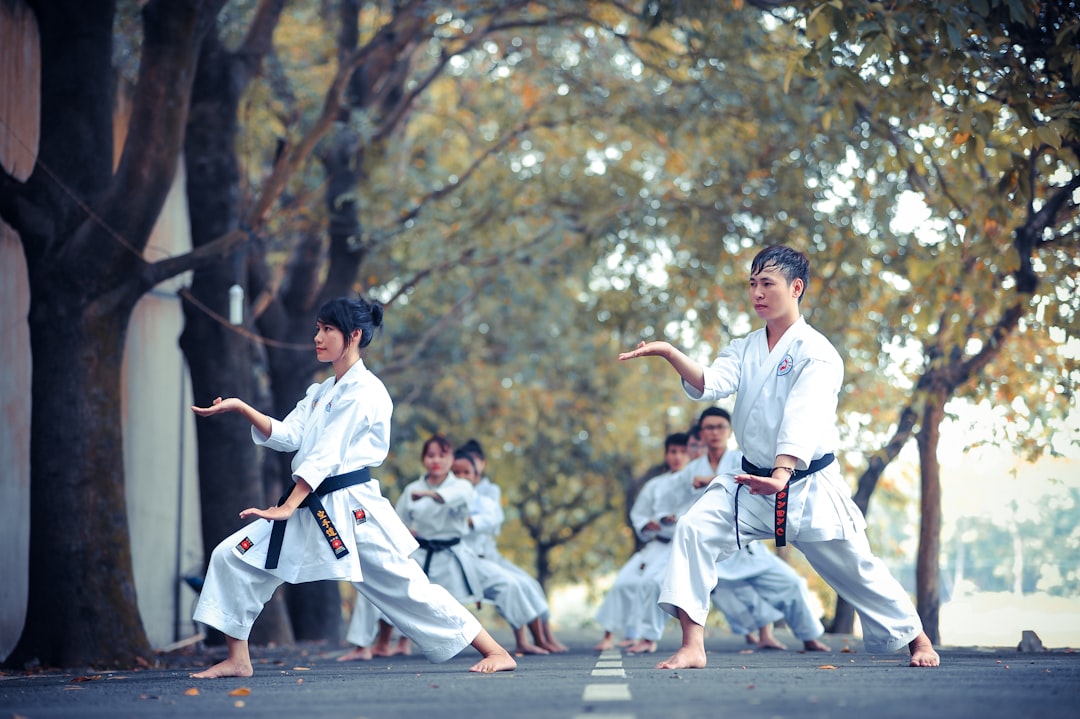
When engaging in the practice of karate, donning the appropriate attire is crucial to both performance and respect for the discipline. A genuine karate uniform, often referred to as a “keikogi” or “dogi,” possesses distinct characteristics that set it apart from other martial arts garments. The keikogi typically features a simple yet functional design, constructed with heavy cotton or hemp fabric to ensure durability and comfort during intensive training sessions. Does the uniform you’re considering have these specific materials? Yes, a real karate uniform is made of robust, breathable fabrics like those mentioned for optimal performance and longevity.
The fit of a genuine karate uniform is tailored to allow for a full range of motion without being too loose or restrictive. It usually has a belt, or “obi,” which ties around the waist, securing the garment in place during practice. Are there belts or other features that denote its authenticity? Indeed, an authentic keikogi will come with a matching obi, which is both functional and symbolic within the karate tradition. Additionally, the top half of the uniform, known as the “uchide,” should reach just above the waist, while the bottom half, called the “shitabaki,” extends to about mid-calf on most practitioners. These dimensions ensure that the wearer can move freely and with proper form, a necessity in the discipline of karate.
Selecting Your Karate Uniform: Factors to Consider for Optimal Performance
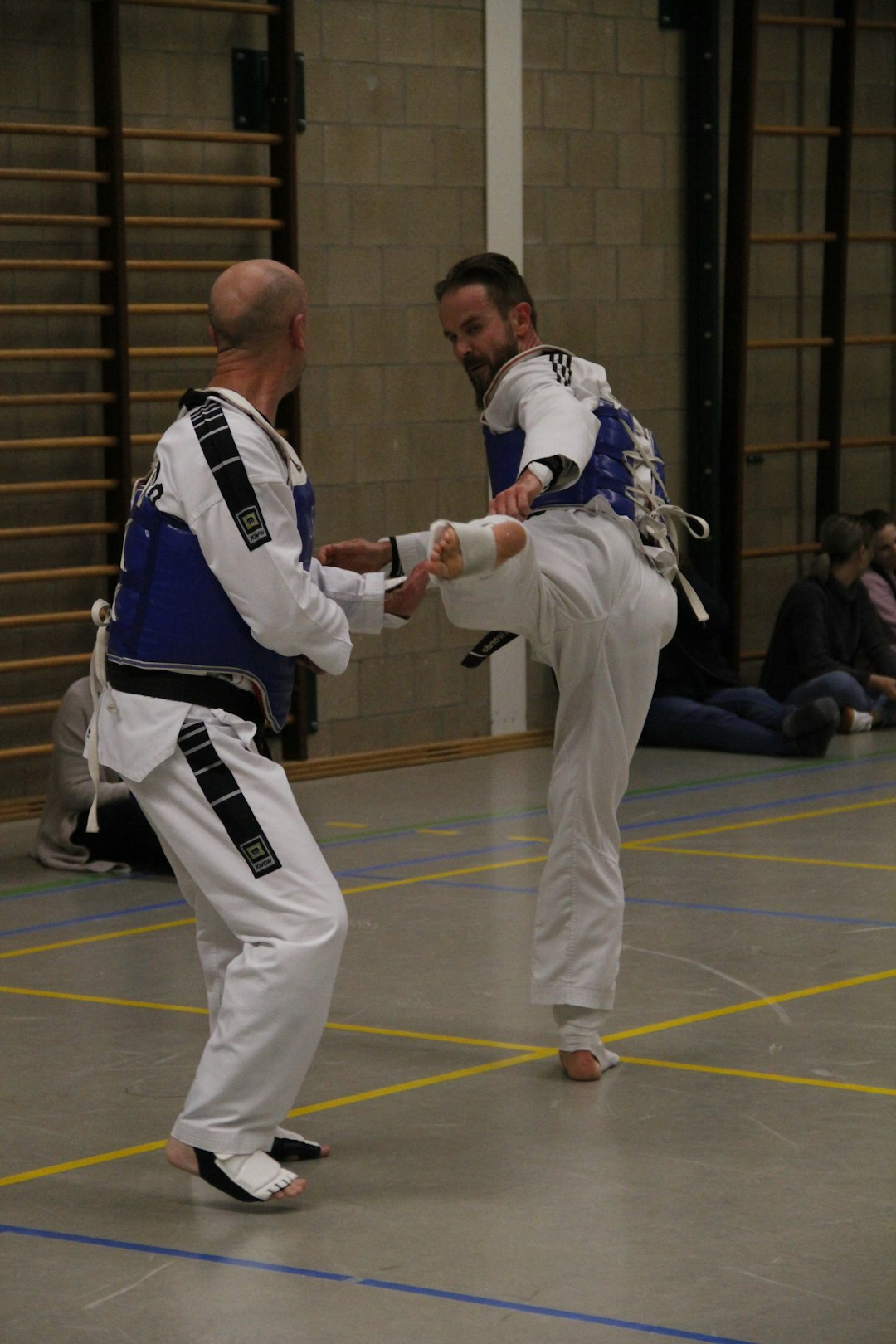
When selecting your karate uniform, also known as a gi, there are several factors to consider to ensure you achieve optimal performance and comfort during practice or competition. Firstly, the fabric composition plays a pivotal role in both durability and flexibility; opt for high-quality materials like cotton or polyester blends that offer breathability while maintaining structure. Does the fabric allow for ease of movement and is it resilient enough to withstand the rigors of karate techniques? A gi crafted from a blend of 95% cotton and 5% polyester, for instance, will likely meet these criteria, providing both comfort and durability.
Secondly, the fit of your karate uniform is crucial; it should not be too tight or too loose. A well-fitted gi enables you to execute movements cleanly without unnecessary fabric hindrance. How does the uniform feel during a series of repetitive exercises? Is there restricted movement at the joints? A properly fitted gi will lie flat against the body, allowing for full range of motion and minimal distraction. Additionally, consider the weight of the uniform; lighter weights are suitable for more vigorous training sessions or competitions, whereas heavier models may be preferred for cooling purposes during less intense practice. Selecting a karate uniform that aligns with these considerations will contribute significantly to your performance and overall experience in the dojo.
Maintenance Matters: Caring for Your Karate Gi to Ensure Durability and Respect
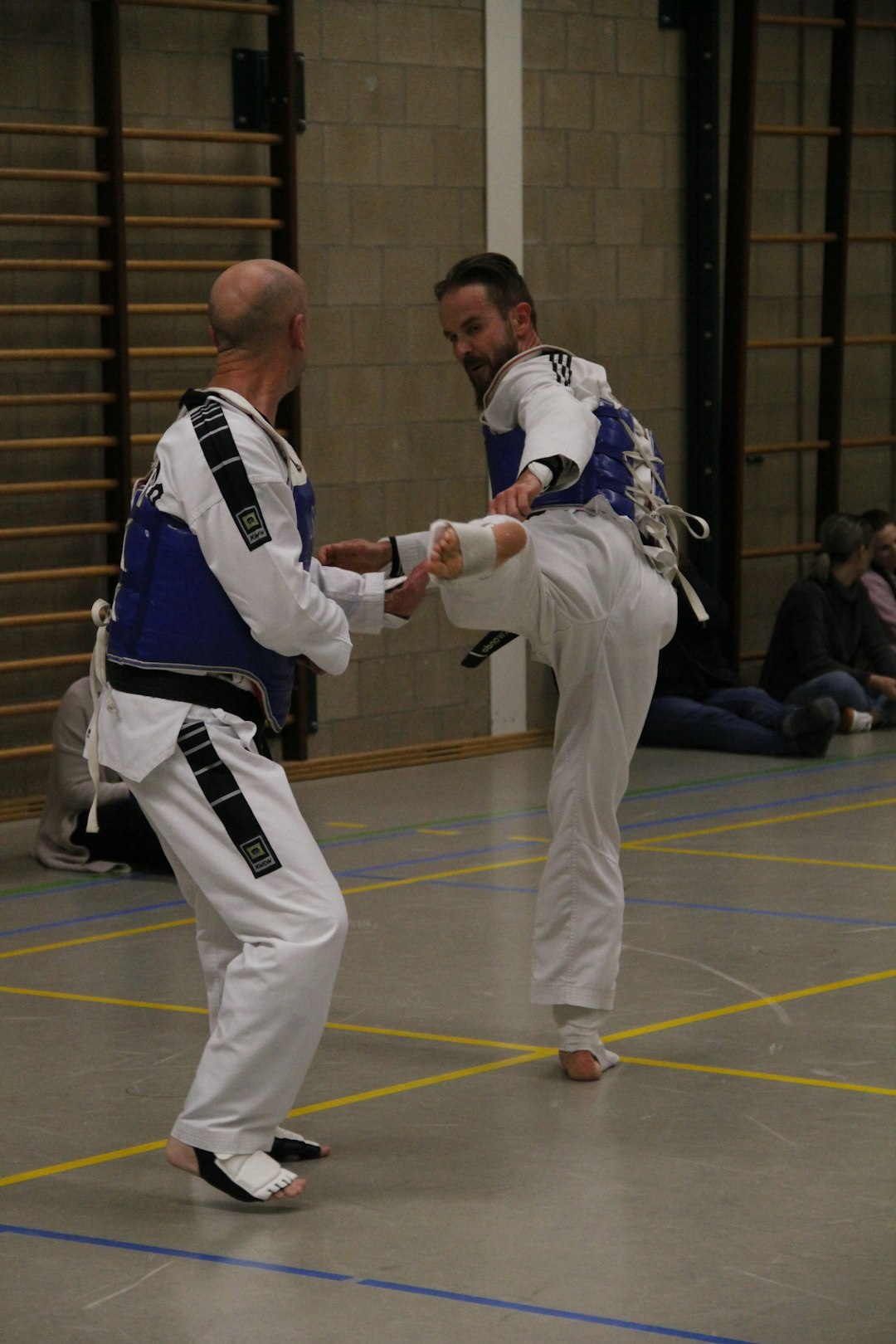
When it comes to maintaining your karate uniform, also known as a gi, proper care is crucial for ensuring both its longevity and the respect it commands on the mat. A well-maintained gi not only reflects the disciplined nature of martial arts but also stands the test of time, allowing you to train effectively without frequent replacements. To begin with, always refer to the manufacturer’s instructions for specific care guidelines. Are the care labels on your karate uniform clear and detailed? Typically, they will advise on the most effective washing methods, which often include cold water and gentle detergent to prevent shrinkage and color fading.
After each practice session, it’s advisable to air out your gi. This helps in removing odors and reducing the presence of bacteria that can accumulate from sweat and contact with the mat. Additionally, regular inspection for any signs of wear or damage is a good habit to cultivate. Do you know how to identify areas that may need mending? Small tears or frayed seams should be addressed promptly to maintain the integrity of the gi. Proper storage, away from direct sunlight and moisture, further contributes to keeping your karate uniform in prime condition. By adhering to these maintenance practices, you not only preserve the appearance and functionality of your gi but also honor the tradition and respect inherent in the practice of karate.
In wrapping up our exploration of the karate uniform, it’s clear that the term “karate uniform” is most commonly referred to as a ‘gi’. This traditional garment not only reflects the rich history of martial arts but also serves the practical needs of practitioners. From its origins to the present day, the evolution of the gi has been influenced by both tradition and function, resulting in various styles that cater to different users. When selecting a gi, one must consider factors such as material, fit, and durability to ensure it supports performance and adheres to the respect the martial art demands. Proper maintenance is also paramount for preserving the integrity of the uniform over time. Whether you are an experienced practitioner or a novice, understanding the significance of your karate uniform contributes to the full experience of this dynamic discipline.
